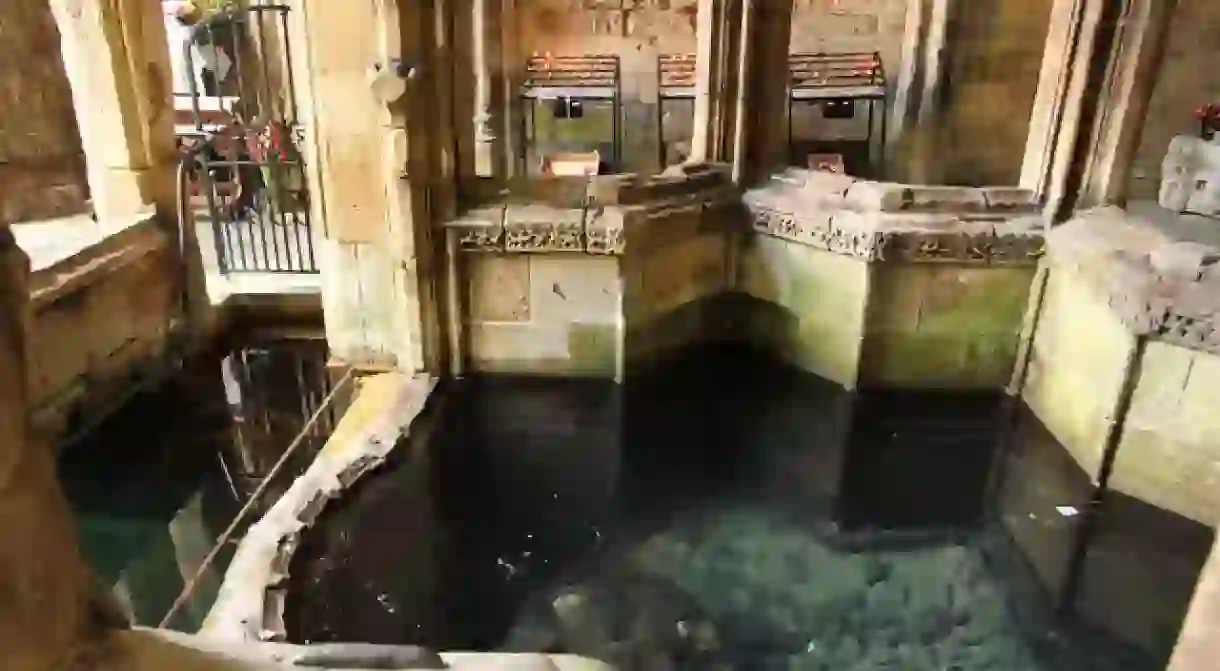12 Unusual Things to See and Do in Wales

Wales is an unusual country, with plenty of myths, a particular culture and unique traditions. So it is little wonder there are plenty of unusual things to see and do when you’re there! Here are our 12 unusual things to see and do in Wales.
Cardiff Castle's Animal Wall
Llanfairpwllgwyngyllgogerychwyrndrobwllllantysiliogogogoch
No it’s not an extreme typo – this word is the name of a village on the Welsh island of Anglesey – the longest place name in Europe and a genius marketing move by the namers before marketing was even a thing. Go there to get your picture taken next to the sign and learn how to pronounce it to impress locals.

Portmeirion Village
Portmeirion is a colourful, eccentric, Italian-style village in North Wales which really has to be seen to be believed. It was created by Sir Clough Williams-Ellis, an architect with a vision to bring the Mediterranean to Wales. He achieved that and more, as the village took on a character of its own. The result is surreal and beautiful, with the architectural designs made all the more remarkable by their unexpectedness.

Ghost tour of Cardiff Castle
Shop
Marina Towers Observatory
This observatory on the coast of Swansea is a remarkable building to behold, with its dome and Art Deco design. It was thought up by the architect Robin Campbell and was used by the local astronomical society to observe the skies and educate people on astronomy. In 2010 it was closed to the public and the astronomical society found a new home, but it is now being reopened as a café/restaurant, cocktail bar, private-hire dining room and holiday accommodation.

Dinosaur Footprints, The Bendricks
In rock beds on an unassuming beach in South Wales lie well-preserved relics from our prehistoric past. The dinosaur footprints are in two sets, one lower and one higher up the beach and include three-toed prints by small dinosaurs which walked in their hind legs, and some four-toed prints made by plant eaters on all fours.

Whiteford Lighthouse
Building

Gelert's grave

Morfa Dyffryn nudist beach
What could be better, and more unusual, than getting naked in nature? Morfa Dyffryn beach, on the west coast of Wales, is a well-established nudist beach with an officially recognised naturist area. This coupled with the large size of the beach (the naturist area is one kilometre long) makes it the perfect place for first-timers to give naturism a go.

St Winefride's (healing) well
Building
Go foraging
Wales is such a green and wild land it’s no wonder there are plenty of edible goods to forage; from fungi, to berries from the hedgerows, and seaweed along the coast. What’s more, going on a foraging excursion is a great way to explore the Welsh countryside! To ensure what you find is safe to eat, it’s best to go with a qualified guide.













